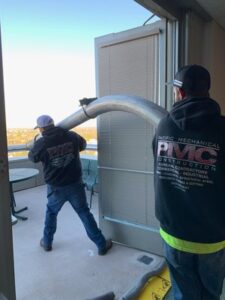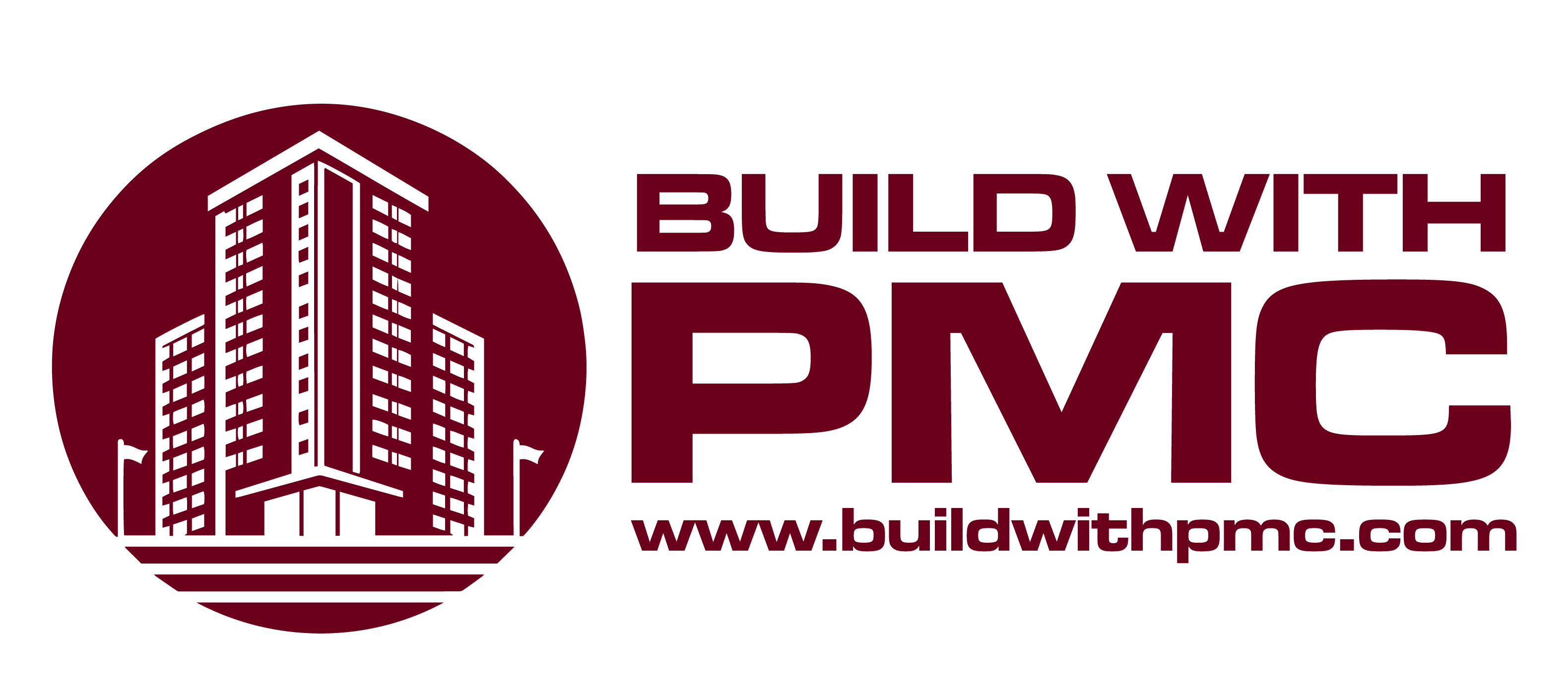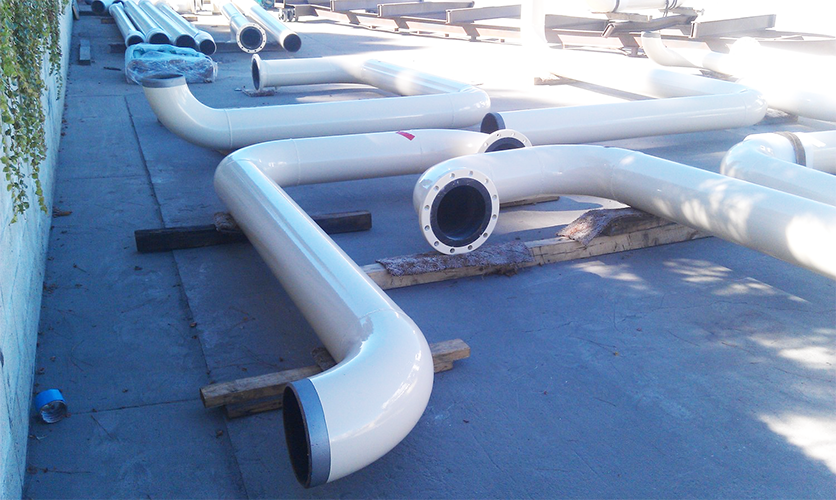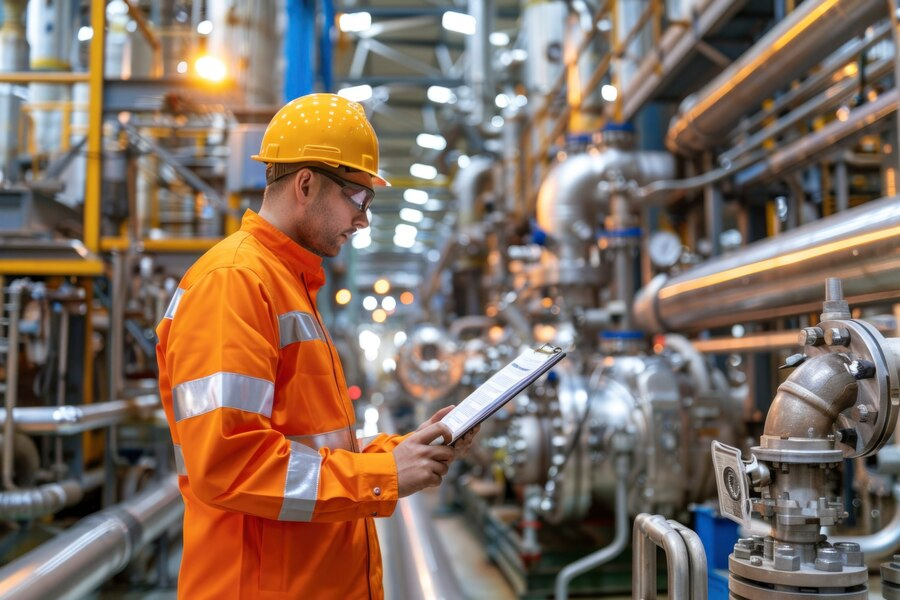Process piping is a critical component in various industrial applications, playing a vital role in the transportation of fluids and gases within a facility. Whether in chemical plants, refineries, pharmaceuticals, or manufacturing units, the installation of process piping is a complex and crucial task.
In this comprehensive guide, we will delve into the fundamentals of process piping, exploring key concepts, materials, design considerations, and installation techniques that contribute to seamless and efficient operations.
Understanding Process Piping
Process piping refers to the system of pipes used to transport fluids or gases from one point to another within an industrial facility. These fluids can include water, chemicals, gases, and more, depending on the industry.

The primary objective of process piping is to ensure the safe and efficient transfer of these substances throughout the facility, connecting various components such as tanks, vessels, pumps, and other equipment.
Understanding the key components, design considerations, installation techniques, and maintenance practices is crucial for engineers to contribute to the development of robust and resilient process piping systems.
Key Components of Process Piping
- Materials Selection: The selection of materials for process piping is critical to ensure compatibility with the transported substances and environmental conditions. Common materials include carbon steel, stainless steel, copper, and various alloys. Each material has its own set of advantages and limitations, and the choice depends on factors such as corrosion resistance, temperature, pressure, and cost.
- Pipe Fittings: Pipe fittings are essential components that connect different sections of pipes, facilitating changes in direction, size, and flow. Common fittings include elbows, tees, reducers, and flanges. Proper selection and installation of fittings are crucial to avoid leakage and ensure the smooth flow of materials through the piping system.
- Valves: Valves control the flow of fluids within the piping system. They can start, stop, or regulate the flow, providing flexibility and control over industrial processes. Common types of valves include gate valves, ball valves, globe valves, and check valves. Proper selection of valves is essential for system efficiency and safety.
Materials Used in Process Piping
Selecting the right materials for process piping is crucial for ensuring longevity, safety, and efficiency.
Common materials used in process piping include:
- Carbon Steel: Widely used for its strength and cost-effectiveness, carbon steel is suitable for a variety of applications. However, it may be prone to corrosion, so protective coatings or treatments may be necessary.
- Stainless Steel: Known for its corrosion resistance and durability, stainless steel is often chosen for applications where the material may come into contact with corrosive substances.
- Copper: Suitable for specific applications, copper is corrosion-resistant and offers good thermal conductivity. However, it can be expensive and is often reserved for certain specialized industries.
- Plastics: Materials like PVC, CPVC, and polyethylene are used for specific applications where corrosion resistance and cost-effectiveness are essential.
Design Considerations
The design phase of process piping is a critical aspect that directly influences the success of the installation. Some key considerations include:

- Fluid Properties: Understanding the properties of the fluids or gases being transported is essential. Factors such as temperature, pressure, and corrosiveness must be taken into account during the design phase.
- Pipe Sizing: Proper sizing of pipes ensures that the required flow rates are achieved without excessive pressure drops. Detailed calculations are necessary to determine the appropriate diameter for each section of the piping system.
- Routing and Layout: Efficient routing and layout of the piping system minimize the risk of obstructions and facilitate easier maintenance. It is crucial to consider the overall plant layout and equipment placement during the design phase.
- Codes and Standards: Adhering to industry codes and standards is imperative for compliance and safety. Various organizations, such as the American Society of Mechanical Engineers (ASME) and the American National Standards Institute (ANSI), provide guidelines for process piping design and installation.
Installation Techniques for Seamless Piping
- Layout and Routing
Proper layout and routing of piping systems are essential for efficient operation and maintenance. Engineers must consider factors such as equipment placement, accessibility, and ease of inspection during the design phase to ensure a seamless installation.
- Welding and Joining
Welding is a common method of joining pipes in process piping installations. Proper welding techniques and procedures are crucial to ensure the integrity of the joints. Additionally, alternative joining methods, such as threaded connections and flanges, may be used depending on the system requirements.
- Pipe Support and Hangers
Adequate support for pipes is essential to prevent sagging, vibration, and stress on the system. Properly designed support structures and hangers ensure that the weight of the pipes and the transported materials is distributed evenly, preventing damage and ensuring a long service life.
- Testing and Inspection
Rigorous testing and inspection procedures are vital to identify and rectify any potential issues before the piping system goes into operation. Pressure testing, leak detection, and visual inspections are common methods to ensure the integrity of the installation.
Maintenance of Process Piping Systems
- Regular Inspections
Scheduled inspections are crucial to identify any signs of wear, corrosion, or damage to the piping system. Regular visual inspections, coupled with non-destructive testing methods, help ensure that the system remains in optimal condition.
- Cleaning and Corrosion Prevention
The accumulation of debris, scale, or corrosive substances within the piping system can lead to reduced efficiency and potential damage. Regular cleaning and the implementation of corrosion prevention measures, such as coatings and cathodic protection, are essential for long-term system integrity.
- Repairs and Replacements
Prompt identification and rectification of issues are critical to the continued functionality of the piping system. Whether through repairs or replacements, addressing issues such as leaks, corrosion, or structural damage is essential to prevent downtime and maintain the safety of the industrial process.
Conclusion
Process piping is the lifeline of industrial facilities, enabling the seamless transportation of fluids and gases critical to various processes. A thorough understanding of materials, design considerations, installation techniques, and maintenance practices is essential for ensuring the reliability, safety, and efficiency of process piping systems.
By following best practices and industry standards, engineers and technicians can contribute to the successful implementation of process piping projects, supporting the overall functionality of industrial operations.




